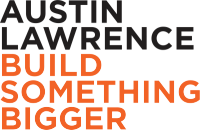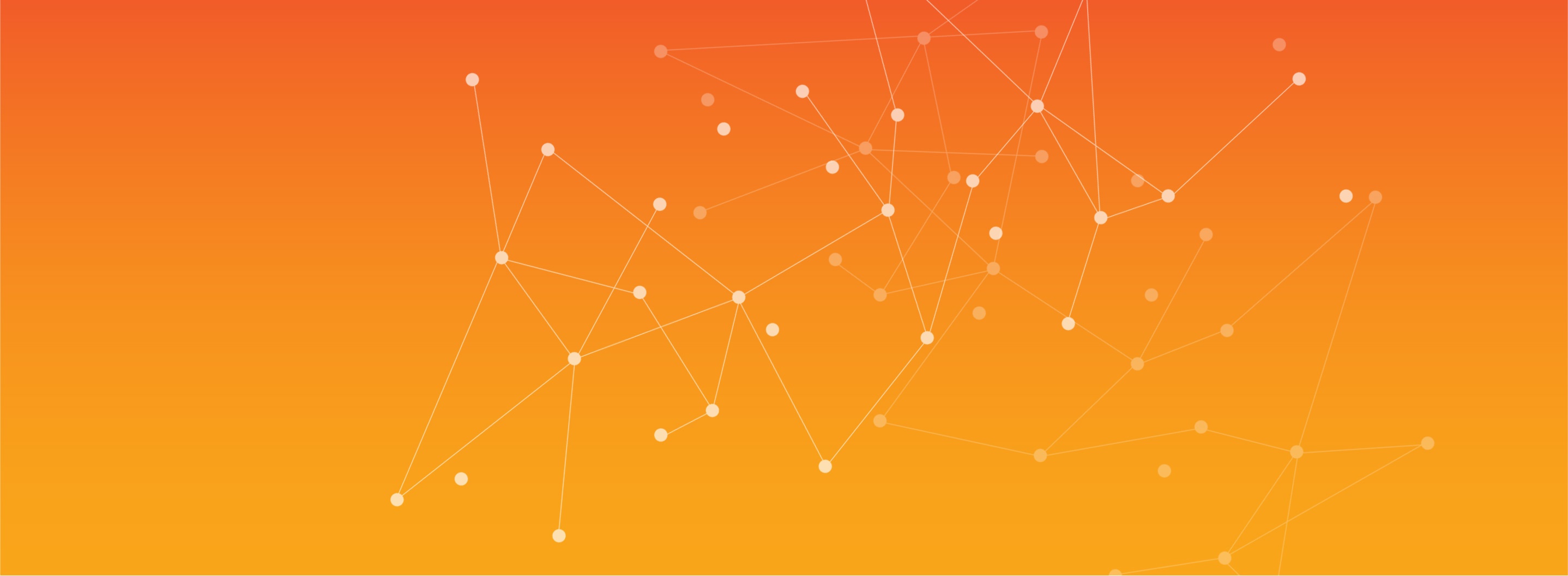With pipelines drying up how can you motivate buying behavior?
Classically trained marketers think different. They zoom out and consider the landscape before attempting to even describe a problem. Like a good doctor, they see the symptoms but dig for the underlying
causes before prescribing a course of treatment. I like to think of myself as having some perspective, so please bear with me as I go for the treatment without knowing your particular prognosis.
Or maybe, I do. The pandemic is not only making people sick, but it’s making some companies very vulnerable as well. And some may not survive. As a marketing leader, you have four tools at your disposal, the four Ps: Price, Promotion, Packaging and Place. In this post, I want to discuss the relationship between price and packaging, as this has important meaning for software companies attempting to respond to the pandemic.
Effective pricing is important even in good times, and there are plenty of case studies which demonstrate not only the sales acceleration possible through pricing strategies, but also the psychological aspects at the moment of decision and during the search for a solution. So how can pricing make a difference during the pandemic?
First, and perhaps foremost for SaaS, check out our recent blog on making the case for freemium pricing. Freemium is a powerful strategy to put your product in the hands of potential customers who might not be motivated by the time limitations of a free trial. In fact, the more I reflect on free trial vs freemium, my personal experience, reading and gut tell me that freemium is the way to go. I don’t know about you, but the psychology of the free trial means that I know I’ll be in a dialog with a salesperson, whereas the free-for-life version offered by SaaS companies invites me to use and benefit from the product right away, and upgrade when the product-problem fit has been established in my mind.
Careful readers might also recall our blog about SaaS companies that don’t actually reveal their pricing on their pricing pages risking higher bounce rates on their sites. Now’s no time for low- and mid-priced SaaS to play games on pricing. Put it right out there so potential buyers can decide if what you have might be what they need and can afford. With all the stress brought on by the pandemic, the last thing you want to do is even slightly irritate someone that has buying intent with a pricing page that isn’t a pricing page. Just seems like an unnecessary leak that’s so easy to plug.
So now we come to where price and package come together. In good times, we counsel clients to create pricing that encourages prospective buyers to climb the feature curve to more expensive MRR packages. We do this by withholding important, higher-order capabilities that make the value transfer greater at that next price point than the perceived price differential. Buyers literally can sell themselves up the price points when this is done right. In today’s world, and whether or not you adopt freemium, now it makes sense to make it as easy as possible for someone to go from prospect to paying customer. Wouldn’t you agree? If so, how can you skinny your entry-level package to appeal to more price-sensitive customers? Are there modules or capabilities or capacities that can be remixed to create a new entry level? What happens when you eliminate limitations on transactions or interactions with your software at a low price point? Maybe make the least expensive package a little sweeter than you would ordinarily, making it that much more compelling for someone to pay you. The value will be realized right away. It also is worth testing dropping your entry level price point by a significant amount to see if a lower price can motivate more people to say yes.
Combining a freemium offer, lower entry package and other incentives like reduced or waived onboarding will no doubt impact your top and bottom line numbers. A friend of mine shared a pitch letter he wrote recently quoting his grandfather who (like mine) kept his business afloat during the Great Depression by reducing his pricing, changing his product mix and never giving up selling. “Five percent of something is better than 100 percent of nothing,” he quoted… a saying I think all experienced business people have heard over their careers. Never was it more true than today.
You may need to revisit KPIs with your board and investors and gain agreement on deferring plans for revenue growth. A useful way to approach this subject might be to look at it as an investment in the prospect universe. By providing free and less expensive versions of the product during what will likely be the worst recession in living memory, your company will gain in reputation and once the economy starts growing again, prospects will remember how you helped them to get through this.
What about existing customers? It makes sense that your customers are experiencing economic uncertainty and in many cases distress of their own. Offering a downgrade path, opening new capabilities without additional cost and eliminating metered limits on core capabilities can engender loyalty and potentially reduce churn. CFOs and mid-sized and larger companies and entrepreneurs will be looking at their monthly expenses for opportunities to save money. In an environment where it’s going to be hard to generate new revenue, now is the time to lock in as many customers as possible. As mentioned in the SaaS Marketing Strategies for the Recession of 2020 post, it might also pay to deploy some of your SDRs and AEs to customer success roles to help existing customers get as much value as possible from your software while retaining valuable team members.
A critical reader might ask, “what about the product itself… how can the use case and applicability of the software be modified to help clients to deal with the fallout of the pandemic within their businesses?” And I’d agree. While this is a good subject for a separate post, I’d like to share a couple of observations and recommendations based on what I’ve heard from SaaS execs already responding to the crisis. First, any business that deals with consumers is going to have to find new ways of completing transactions and delivering its service. So, how can you help them to make that transition? Can you facilitate a contactless or lower-contact version of their in-person experience? Add e-commerce, integration with delivery applications, or create delivery options of your own? It might be that you’ll need to reconfigure your software so it supports remote diagnostics and updates to hardware or software in the field.
One more thing: If your company mission, vision and values align with the public good, now’s a very good time to act. Modifying your software to fit a new mission or offering it free or at reduced cost to organizations (charities, governmental agencies, local service groups, etc.) helping mitigate the impact of the coronavirus could be the right thing to do. Enabling aspects of the recovery process could be rewarding to your employees and properly managed, provide a meaningful boost to your reputation.
Feel free to reach out to me at kl@austinlawrence.com or book a complimentary 30-minute meeting with me to talk about any topic related to this post. I sincerely want to help and hope that I’ll hear from you.






